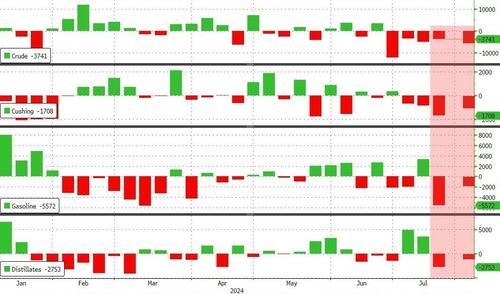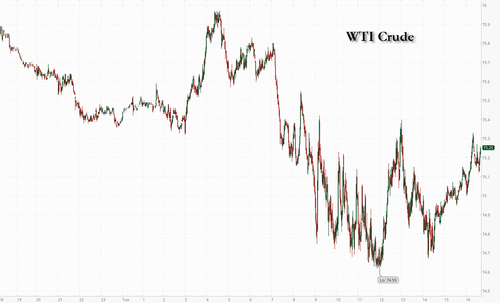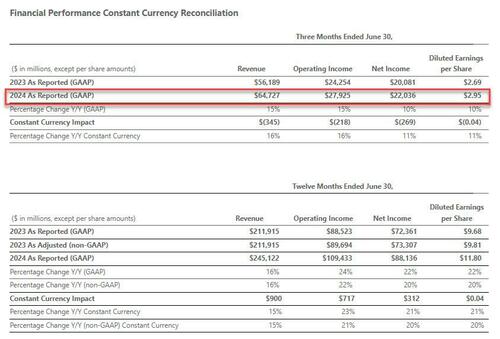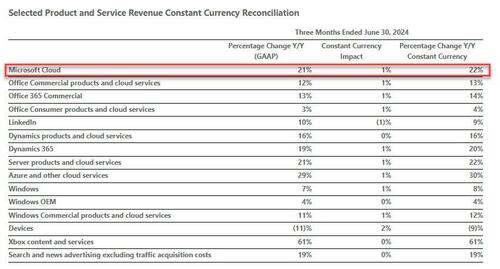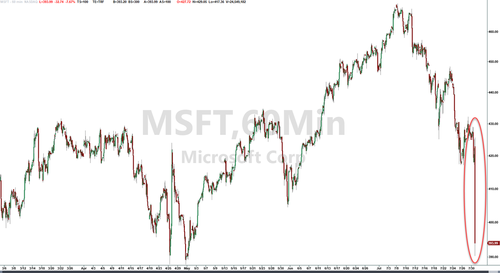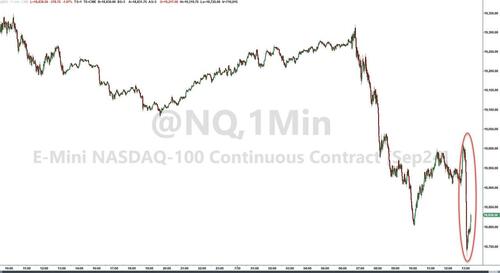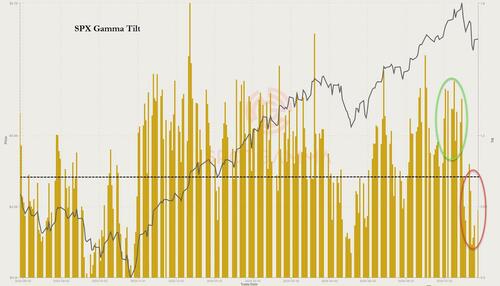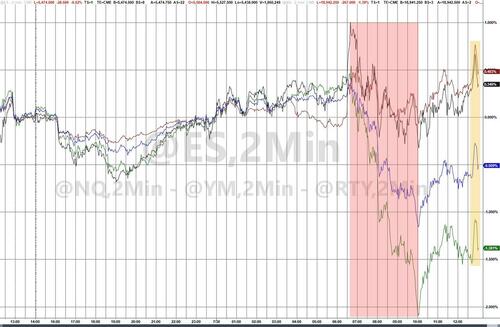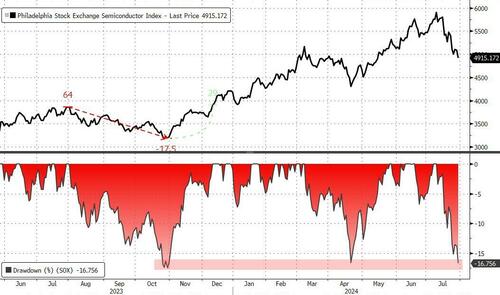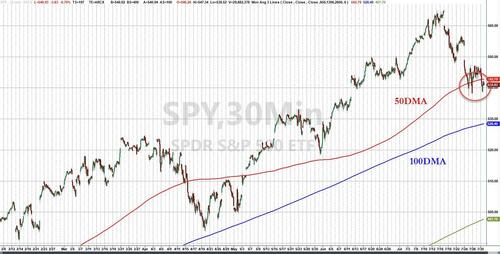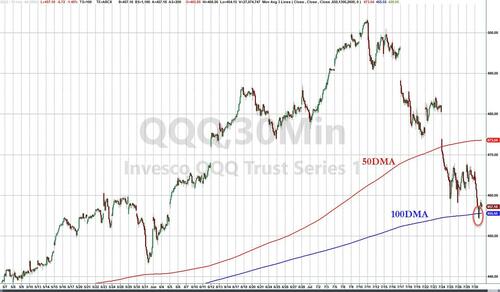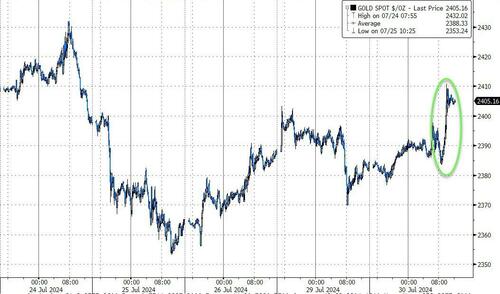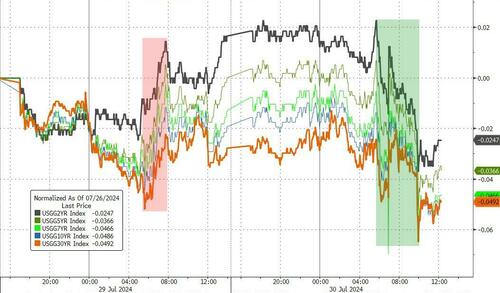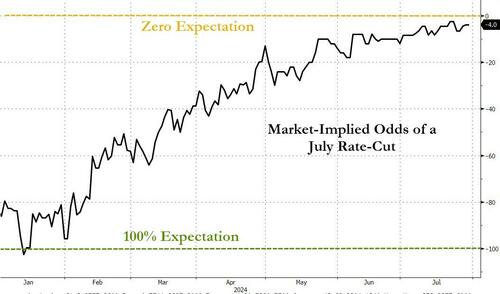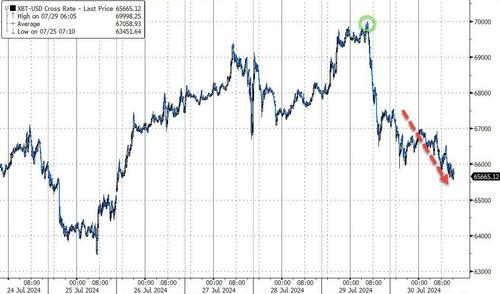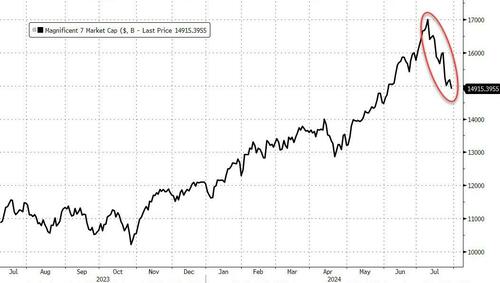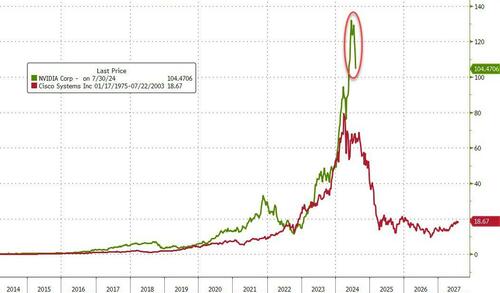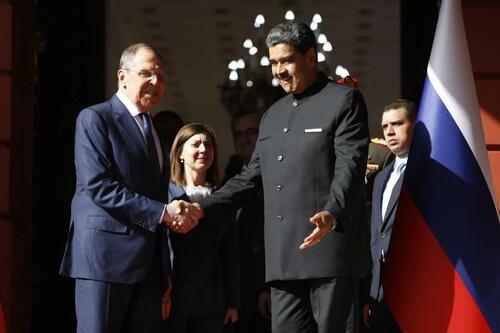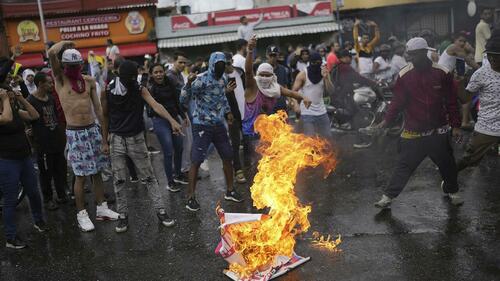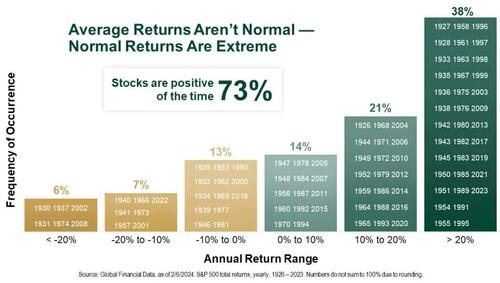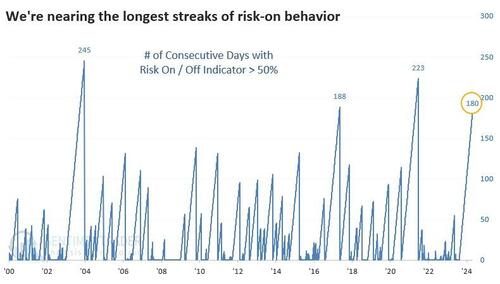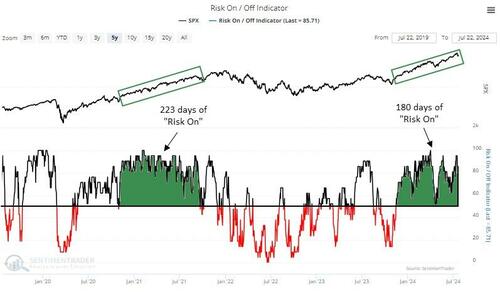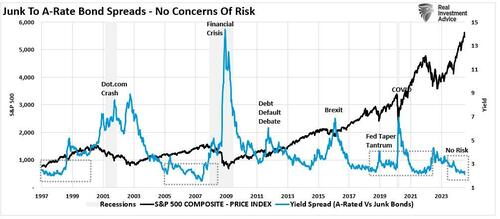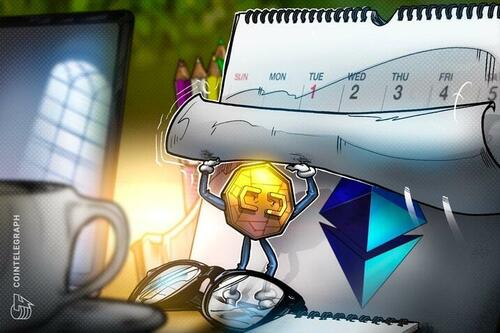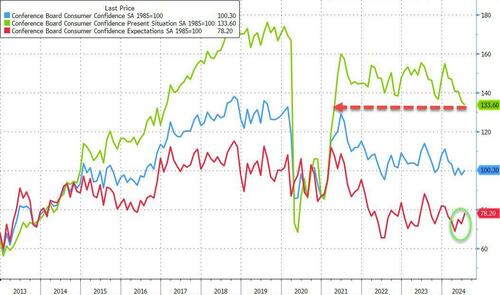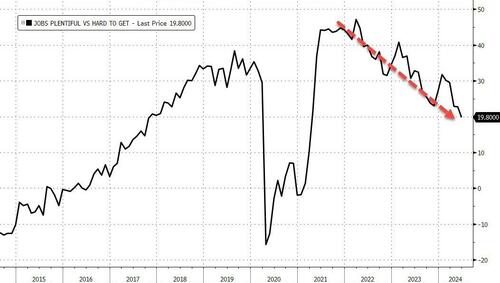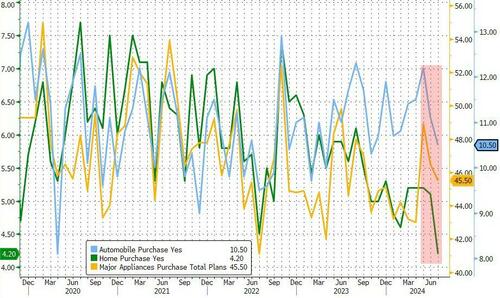Authored by Susan Crabtree via RealClearPolitics,
Acting Secret Service Director Ronald Rowe was directly involved in denying additional security resources and personnel, including counter snipers, to former President Trump’s rallies and events – despite repeated requests by the agents assigned to Trump’s detail in the two years leading up to his July 13 attempted assassination, according to several sources familiar with the decision-making.

Rowe succeeded former Secret Service Director Kimberly Cheatle, who resigned last week after bipartisan calls following her widely panned testimony before the House Oversight Committee. But both Rowe and Cheatle were directly involved in decisions denying requests for more magnetometers, additional agents, and other resources to help screen rallygoers at large, outdoor Trump campaign gatherings.
It was Rowe’s decision alone to deny counter sniper teams to any Trump event outside of driving distance from D.C., these sources asserted.
Rowe and FBI Deputy Director Paul Abbate are set to appear Tuesday before a joint hearing of the Senate Judiciary and Homeland Security and Government Affairs committees.
Senators on both sides of the aisle have vowed to press for answers on the assassination attempt of former President Trump that took the life of rally-goer Corey Comperatore and wounded two others. Sen. Richard Blumenthal, who chairs the Homeland Security panel, said he plans to grill Rowe and Abbate on the “litany of gaps and failures.”
“There are monumental, critical questions that so far the leadership in these two agencies have failed to answer [for, and] even to begin to respond to,” Blumenthal said.
Sen. Ron Johnson, a senior member of the Homeland Security committee, told RCP he was initially impressed by Rowe’s willingness to answer senators’ questions late last week but pledged to question him closely about the denying of resources to protect Trump.
“I will also hold him fully accountable for being 100% transparent and honest in cooperating with our investigation and oversight,” Johnson said Thursday.
Johnson and other members of the committee are expected to focus on Rowe’s role in the Secret Service’s repeated denials of extra security requested by agents assigned to Trump’s protective detail and about decisions regarding the number of placement of snipers assigned to some of Trump’s events.
Assigning counter snipers based on the ability to drive to an event may sound far-fetched, but knowledgeable sources explained that there’s a limited number of these highly trained Uniform Division officers. It’s easier for counter sniper teams to carry their guns and gear in a van they can all use to transport the teams to the site for advance work for the event and then use the same vehicles, referred to by the Secret Service as “push vehicles,” to return to D.C.
The alternative is for counter sniper teams to board commercial flights or Amtrak (if the event is in the Northeast corridor) with all their gear, find a rental vehicle once on the ground, and then do it all in reverse on the way home. It’s all possible under the “needs of the Service,” one source contends, but in reality, it’s much easier and far more cost-effective for counter snipers to drive to and from a site.
“They can carry their guns and gear on airplanes – there’s an efficient process for that – but it’s going to be much easier, because they have all their gear with them, to drive rather than fly because then they have a push vehicle to take the whole team to and from a hotel to the site each day,” a source in the Secret Service Community told RCP. “They would always rather drive than fly.”
The Secret Service has not responded to several questions from RCP about decisions to deny or limit security resources and personnel, including counter snipers, to Trump’s events.
At first, the Trump rally in Butler, Pennsylvania had no Secret Service sniper teams assigned to it, but at the last minute, agency officials reversed course and decided to add two snipers to the outdoor event. It’s still unclear whether there were just two counter snipers or two two-man teams for a total of four individuals. (Two-man teams usually include one spotter and one sniper.)
So far, there has been no explanation as to why agency officials made the late counter sniper assignments to the Butler event, though it could be in response to the increased threat level Trump has faced in recent weeks. The Secret Service has said the agency increased security for Trump for an unknown time period before the Butler rally in response to an Iranian plot against the former president.
As RCP previously reported, the late decision to add the two counter snipers cut short the time the team had to conduct a detailed on-site survey in advance of the Butler rally. Such a survey would usually take two to three days to complete, but the counter snipers had only one day to complete that critical advance work.
Sources familiar with counter sniper advance work also said an outdoor forum such as the Farm Show site in Butler should require at least three two-man counter sniper teams.
Instead, the Secret Service sent two counter snipers and then relied on a local law enforcement counter sniper team to man the American Glass Research, or AGR, building, placing that structure outside the official Secret Service perimeter.
The decision to rely on local law enforcement to man the AGR building has come under scrutiny in the weeks after the shooting – especially as new details have emerged about local law enforcement’s tracking of gunman Thomas Matthew Crooks more than an hour and a half before he opened fire and its communications breakdown with the Secret Service.
Local law enforcement snipers and their superior officers have said that they tried to keep the Secret Service informed about their concerns about Crooks, but their communications were siloed from the agency, even though they said they notified the site’s Secret Service command center of Crooks’ suspicious activity.
The Secret Service command center is supposed to be manned with both senior Secret Service agents and local law enforcement bosses to facilitate coordination and “interoperability,” as Cheatle testified during last week’s congressional hearing.
But a breakdown in communication occurred, and the Secret Service was tracking several suspicious persons that day and apparently never deemed Crooks a threat until he was crawling on top of the AGR roof with a rifle. The Secret Service counter sniper killed Crooks as soon as he had him in his line of sight, Rowe told senators in a close-door briefing last week.
Sen. Johnson, a Wisconsin Republican, told RCP that Rowe told senators during the briefing that Crooks was hiding behind the lip of the edge of the building, and the Secret Service counter sniper shot and killed him as soon as he could detect his forehead above that lip on the building’s roof edge.
Several members of Congress have questioned the role poor communications played in allowing Crooks the opportunity to shoot at Trump and the crowd and why local law enforcement snipers were tracking Crooks as early as 4:26 p.m., more than 100 minutes before he opened fire.
Lawmakers have repeatedly asked why, if local law enforcement was tracking Crooks so closely, didn’t the Secret Service agents detailed to Trump whisk him off the stage or prevent him from going on stage in the first place?
But those familiar with Secret Service protocol under similar circumstances say there are always multiple suspicious persons being tracked at Trump’s rallies and they often do not rise to the level of alerting the president’s security detail, those five to 10 agents whose sole job is to provide immediate security for Trump and act as a human shield if and when a threat emerges.
On the day of the rally, more than 100 people needed medical attention for heat exhaustion, and there were three other suspicious people besides Crooks that the Secret Service and/or local law enforcement were tracking, according to testimony by Christopher Paris, head of the Pennsylvania State Police, before the House Homeland Security panel last week.
Even if Secret Service received notification that local law enforcement was tracking Crooks and considered him suspicious, Secret Service agents wouldn’t go into high alert unless they knew he was armed or on top of a roof, which texts show local law enforcement never observed or notified the Secret Service command center about – even though they appear to have flagged Crooks as engaging in suspicious activity, including pointing a range finder toward the stage at one point in the hour leading up to the shooting.
“Use of the word ‘threat’ would have changed things and Trump would not have been allowed on stage,” a source in the Secret Service community told RCP. “A suspicious person on the far outer perimeter where eight cops are looking for him would not make 99% of agents keep the president off stage.”
If that suspicious person were reported crawling on a roof before Trump went on stage, then most likely the Secret Service would have prevented Trump from beginning his rally. If Crooks was spotted with a gun, then Trump definitely would have been held back, the source asserted. If Crooks was reported as running from police, then it would be more a Secret Service judgment call in the moment.
But Crooks apparently put the rifle together after scrambling up to the rooftop, leaving the Secret Service possibly only minutes or even just seconds to react once they learned that he had a gun and was crawling on the roof. Crooks’ position at the lip of the rooftop’s edge further hindered the Secret Service’s ability to shoot him before he opened fire, according to Rowe’s briefing with senators last week.
At least one knowledgeable source blames the local law enforcement counter snipers for what appears to be at least one officer’s failure to remain in his position and keep an eye on the AGR rooftop.
“The Butler ESU was told where to be and what their job was likely by a supervisor who had been in meetings with the Secret Service,” the source said. “They had one job. They should have kept their eyes on the rooftop they were assigned to man.”
Several local law enforcement officers assigned to a building on the outer perimeter of the Butler rally appeared on ABC News over the weekend and accused the Secret Service of failing to coordinate with them or even meet with them before the rally.
“We were supposed to get a face-to-face briefing with the Secret Service members whenever they arrived, and that never happened,” said Jason Woods, lead sharpshooter on the SWAT team in Beaver County. “So, I think that was probably a pivotal point, where I started thinking things were wrong because it never happened,” he added. “We had no communication.”
The first communication between the local law enforcement group and the Secret Service, Woods said, was not until after the shooting. By then, he said, “it was too late.”
Secret Service spokesman Anthony Guglielmi declined to respond directly to the assertions by the Beaver County SWAT team.
Instead, he said that the agency “is committed to better understanding what happened before, during, and after the assassination attempt of former President Trump to ensure that never happens again. That includes complete cooperation with Congress, the FBI and other relevant investigations.”
A timeline released by Sen. Chuck Grassley’s office of local law enforcement’s activity in the 45 minutes before shots rang out sheds some light on their activity and efforts to keep track of Crooks.
At 4:26 p.m., a Beaver County counter sniper assigned to the AGR building left it after finishing his shift and spotted Crooks at a picnic table outside. The counter sniper alerted the remaining Beaver and Butler snipers in the AGR building about Crooks’ presence, according to texts released Grassley, an Iowa Republican.
At 5:38 p.m. a Beaver County sniper sent photos of Crooks to the Beaver, Butler, and Washington snipers in a group chat, with the Beaver sniper noting that Crooks was using “a range finder” looking toward the stage. He then recommended that the group notify Secret Service to “look out,” according to the texts. It’s unclear if that range finder information was ever conveyed to the Secret Service.
Additional texts among local law enforcement officers and a timeline of local law enforcement activity Grassley made public Monday further detail that the local law enforcement officers called into a local Butler law enforcement “command” radio frequency at 5:41 communicating Crooks’ description. They also conveyed that Crooks had a range finder and was “lurking” near the AGR building.
Then at 5:45 p.m. a Beaver County sniper sent photos of Crooks to a local law enforcement group chat with one Beaver law enforcement officer recommending that they alert “command,” though it’s unclear whether that reference is to the official Secret Service command center. The Grassley timeline, portions of which are redacted, indicates a text was sent at 5:45 p.m. to “Beaver ESU Command” about Crooks and “to relay to command.”
A Beaver County After-Action Report released by Grassley also indicates that the local law enforcement officers lost sight of Crooks in the minutes before he climbed up to the roof, then spotted him again at 6:05 p.m. at “picnic tables” with a backpack and “moving in the direction of Sheetz.”
Then from 6:06 to 6:12 p.m., a local law enforcement officer appears to have left his assigned post at a building to meet a local patrol “to let them know suspect is around the building on the side of fairgrounds,” according to the Grassley timeline.
But by that time, Crooks was already crawling on top of the AGR building, and at 6:12 p.m. opened fire on Trump and the crowd.
Susan Crabtree is RealClearPolitics’ national political correspondent.
